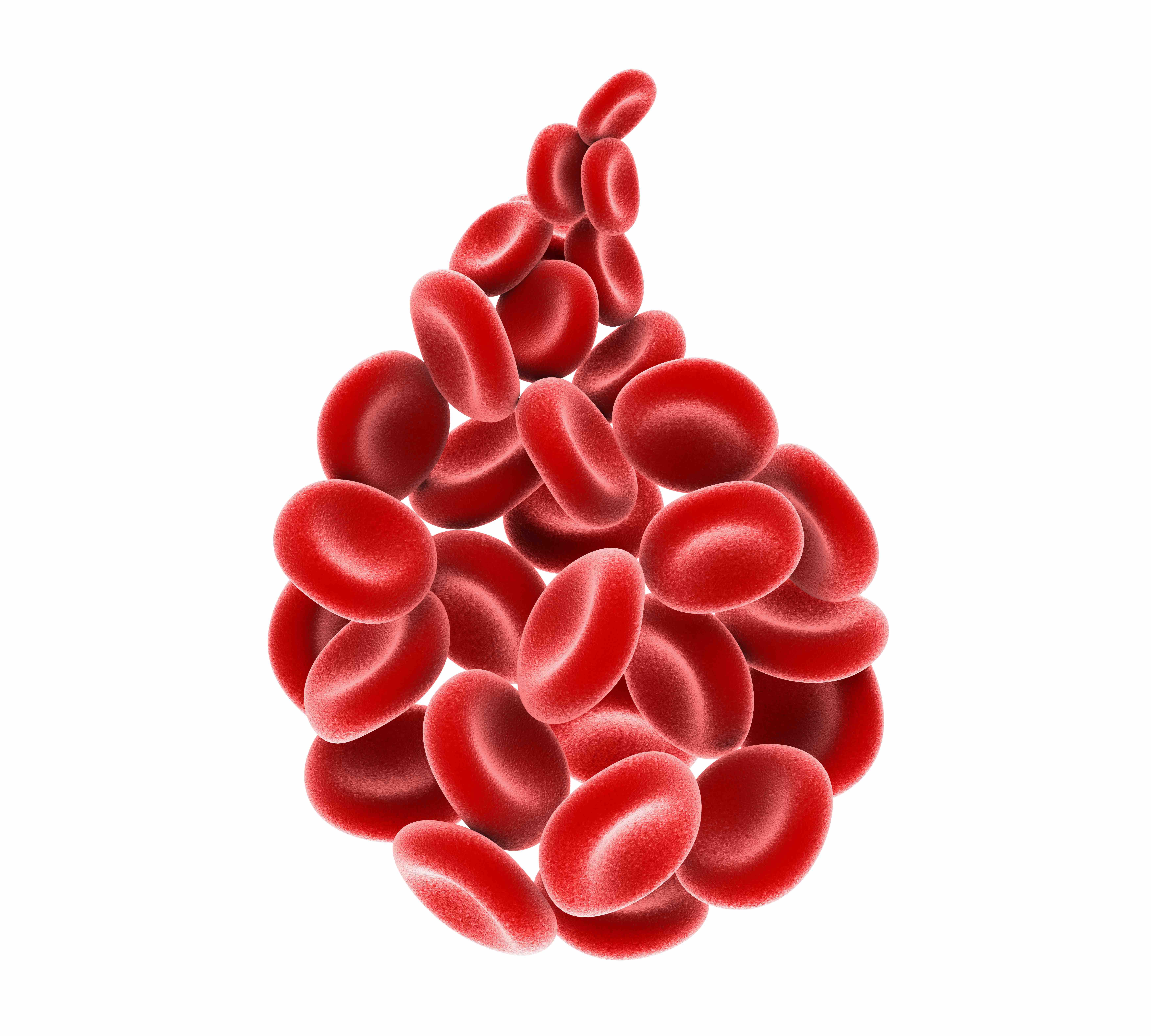In Patients With Acute GVHD, First-Line Itolizumab Associated With High Rates of Clinical Response, Tolerability
Durable responses and tolerability for patients was seen with itolizumab for acute graft-versus-host disease.

Patients with grade 3-4 newly diagnosed acute graft-versus-host disease (aGVHD) had high rates of overall clinical response with itolizumab, a first-in-class monoclonal antibody. The treatment was well-tolerated.
The findings from the ongoing open-label U.S.-based EQUATE 3+3 dose escalation study (NCT03763318) were presented at the 63rd ASH Annual Meeting by lead investigator John Koreth, MBBS, DPhil, Director of Translational Research and Stem Cell Transplantation, senior physician, and associate professor of medicine at Harvard Medical School.
“Itolizumab is a monoclonal antibody that targets the CD6 receptor, which is a co stimulatory receptor expressed on CD4 and CD8 T effector (Teff) cells and modulates their activity and trafficking,” Koreth said. “It is a first-in-class antibody that leads to the shedding of CD6 from the surface of these pathogenic T effectors, converting them to a relatively non-pathogenic, more akin to T-reg immunophenotype.”
The investigators evaluated 25 adult patients with grade 3-4 aGVHD who initiated steroid treatment within 7 days prior to their first dose of itolizumab. They were administered the treatment intravenously every 2 weeks for 5 doses on days 1, 15, 29, 30, 43, and 57.
Four patients received 0.4 mg/kg of itolizumab, while 9 received 0.8 mg/kg, and 9 received 1.6 mg/kg. Median follow-up was 146 days (range: 12-355). The investigators’ primary endpoints were safety, tolerability, and optimal dose levels. Secondary endpoints were pharmacokinetic/dynamic (PK/PD) effects (change in CD6 surface expression on CD4+ cells), and clinical activity.
“The baseline demographics across the 25 patients on this study are broadly comparable across cohorts. All but one subject had grade 3-4 severe aGVHD, per study intent, this was naturally dominated by the presence of lower cut involvement,” Koreth said.
A majority of patients had Minnesota High Risk Scores (76%), and 96% had an Ann Arbor biomarker scores of 2 or 3. Patients were mostly male (64%), White (84%), and had an average age of 55. In terms of the patients’ primary disease, 10 patients had acute myeloid leukemia (AML), 5 had myelodysplastic syndromes (MDS), and 10 had other types (not listed).
Most patients’ graft source was in their peripheral blood (92%), while for 2 patients, it was from their bone marrow.
Treatment-emergent adverse events (AEs) were experienced in 96% of patients. Serious AEs occurred in 64% of patients (n=16), only 2 of which were considered to be treatment related. One of these was a dose-limiting toxicity AE with sepsis.
There were 8 patients with AEs that led to death, however none of which were considered related to the study treatment. A dose-limiting toxicity AE was experienced by 1 patient, and discontinuation for 6 patients (24%). AEs that were grade 3 or higher were experienced in 80% of patients.
Itolizumab induced a significant early reduction (by 24 hours) in the cell surface expression of CD6 on immune effector cells. At 0.4 mg/kg, CD6 trended toward baseline by day 15. This was also sustained through the 15 days of initial treatment for the 2 high dose levels (0.8 and 1.6 mg/kg), with CD6 remaining significantly reduced (p<0.0001). By day 15, there was an observed decrease in the T-cell activation marker PD-1 on Teffcells. Investigators saw that among the 2 high dose levels, itolizumab increased the ratio of Treg to Teff cells.
All patients had early responses to itolizumab, with an overall response rate (ORR) of 71% and 50% of patients achieving a complete response (CR) by day 15. By day 29, 52% of patients had a CR and there was an ORR of 64%.
For patients who received itolizumab within 72 hours of steroids (n=18), 61% had CR and there was a 67% ORR.
Six-month outcomes (reported in 22 patients) revealed that responses were sustained in long-term follow-up. Eleven patients had durable responses (50%), all of which were CRs. Of the cohort, 64% were alive at the 6-month point.
“Notably, 12 of 14 responders were alive through day 169, as compared to only 2 of 8 non-responders,” Koreth highlighted.
First-line itolizumab treatment showed high rates of clinical responses, and dose-dependent reductions of CD6 expression on CD4+ T cells and an increase in the Treg to Teff cell ratio at the higher dose levels — which are being further explored —are consistent with the mechanism of action.
“Itolizumab was well-tolerated across all doses, especially given the context of a sick and severe cGVHD population,” Koreth concluded. “…We believe itolizumab offers a favorable benefit risk profile that supports its evaluation in future studies.”